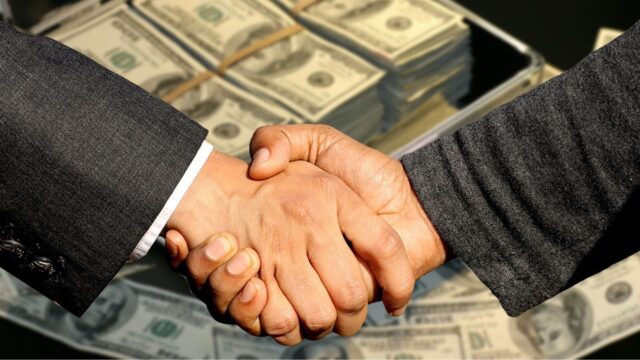
Countertrade
Countertrade is a vital aspect of global marketing, and a company that doesn’t understand it risks losing market share to competitors. Countertrade is fueled by two factors: currency convertibility and country advantages. Countries that are more accessible to hard currencies will continue to drive demand for consumer goods, and the lack of access to those currencies will only increase the value of countertrade. Convertibility means that hard currencies will still be available, but the availability of hard currencies is not a deterrent.
Countertrade is a form of trade
As the world’s economy continues to expand, it will continue to be a valuable tool for international marketing. Companies that do not participate in countertrade risk losing market share to competitors. The ability to convert currencies will not diminish countertrade’s growth, but the availability of hard currencies will likely make this form of trade more difficult to secure. Nonetheless, a number of factors are likely to drive the growth of countertrade in the years ahead, including country advantages, the global economic crisis, and growing demand for consumer goods.
Barter: The oldest form of countertrade involves the direct exchange of goods and services with another country. It removes the need for money as a medium of exchange, allowing cash-strapped nations to buy products and services that they cannot afford to purchase with their own currency. In addition, countertrade promotes growth within industries. In fact, the earliest form of countertrade is bartering, in which goods are exchanged without the use of money.
It is a means of financing trade turnovers with developing countries
One of the most important benefits of countertrade is that it provides suppliers in developed nations with a competitive advantage in bidding processes. This flexibility helps these countertrader companies to be more competitive, and they often seek outlets in developing countries. Here are three reasons to use countertrade in developing countries:
One of the most common forms is bartering. It involves a parallel business transaction between companies, usually with the same firm. This process reduces the flow of convertible currency, and is often referred to as bartering. During the 1990s, Pepsico Inc. signed a barter agreement with the Soviet Union, doubling their soft drink sales and opening two dozen bottling plants. Pepsico also opened its first Pizza Hut restaurant in the Soviet Union.
Countertrade is a prime contractor
Whether or not a company offers offsets or countertrade will depend on its goals. In the case of offsets, a prime contractor may have an incentive to provide the most value for the least amount of money and thus reduce costs. On the other hand, a prime contractor may have an incentive to improve the economic returns of a costly arms deal by offering offsets and countertrade. Moreover, a prime contractor may choose to establish deeper relationships with a smaller number of suppliers in a single market.
It involves a discount
The practice of countertrade, in which two or more countries engage in bartering, is known as counter-trade. Its roots are in the real world, where bartering is common. The US economist Paul Samuelson described countertrade as “the double coincidence of wants.”
The concept of countertrade is the exchange of goods or services for a partial payment. The five main types of countertrade are:
Countertrade involves a barter house
Bartering is a system in which people trade goods and services for each other without the use of money. This system works because the wants of two parties are often in a double coincidence. It also removes the need for money because goods and services can be traded immediately. Barter is a flexible system that can be applied across the economy. For example, a chicken farmer may exchange her eggs for wheat flour and vice versa.
It involves state-owned firms
In some countries, it involves state-owned firms in exchange for exporting their products. Such trade is a resourceful way for exporters to sell their products and services to foreign companies, who may not be able to pay for them in hard currency. This trade enables firms to repatriate their profits through goods instead of currency. A recent example of this is PepsiCo, which exported tomatoes to other countries. It also used local profits to purchase tomatoes in India for export, which supported the Indian agricultural industry.


































